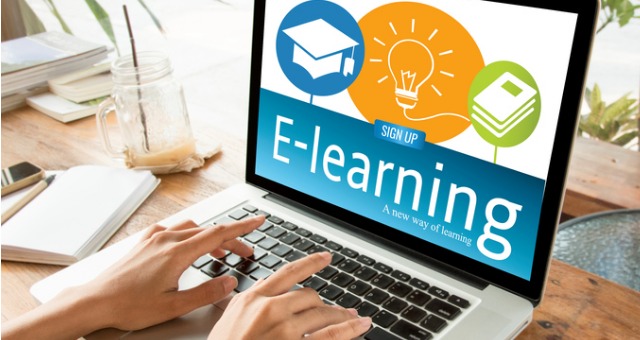
Buzzwords in education have been established because the on-group of formal education as you may know it today. A number of these terms appear and disappear according to their usage as well as their context however, many terminologies have survived the ages. Let’s check out a few of the common terms combined with the chronology of methods they evolved.
Although frequently used interchangeably, there’s among learning online and distance education. Learning online happens using print-based and electronic learning sources. Learners are linked to sources, instructors, and also to other learners, plus they are usually separated by some time andOror geographic/physical distance. Distance education however may be the actual system and also the process, which connects several learners using the distributed learning sources. Learning happens in a variety of variations however in general learners, instructors, and also the necessary sources are separated by space and time.
Distance education has through the years transitioned to online distance education. It has a tendency to utilize synchronous and asynchronous tools, and learning and communication methods. Synchronous learning uses digitally delivered learning and teaching with participants concurrently and directly connected and communicating. However asynchronous learning is characterised with a time lag in communication.
Some time back, along came e-learning! Electronic learning (e-learning) is understood to be the delivery of instructional content using electronic means like the Internet, intranets, video and audio equipment, web conference, virtual classrooms, CD-ROM, and much more lately Web 2 . 0. tools. To put it simply, e-learning is yet another mode of technology-aided learning and teaching. Within the last couple of years, it’s arrived at replace terms for example audio-visual learning, computer-based learning, web-based learning, online learning, along with other buzz the 1970s, 1980s, and 1990s.
E-learning is on your journey to total automation of learning and teaching processes using software referred to as Learning Management Systems (LMS). To facilitate the introduction of courses that utilize Internet-based technologies, increasingly more colleges, universities, and companies have accepted both free and proprietary LMS tools. An increasing trend in e-learning is using “hybrid” or “blended” or “multimodal” instructional approaches that replace or supplement partial in-class instruction with technologically enabled learning and teaching, which oftentimes utilizes many tools bundled within the LMS.
Across the same lines all students involved in e-learning might not be geographically distanced in the institution. For instance, learners might be traditional learners living on campus or nearby yet taking course partly or fully online. This really is frequently from the requirement for versatility in personal (family) responsibilities and work schedules. Benefiting from e-learning adds an additional layer of versatility. Actually many people see distance education as not symbolic of e-learning, argue the reality that distance education is really a generic term that presently transpires with search on the internet like a vehicle. Thus, the positioning presented is the fact that while learning online and e-learning do overlap, they aren’t identical but complementary.
E-learning keeps growing quickly and it is frequently connected using the Internet. You will find however other modes of learning which are growing in a considerable rate too. Mobile learning (m-learning) for example, is really a quickly growing innovation which has the benefit of allowing learners to become “on the go while learning. Quite simply, multi-tasking, for instance jogging or hearing recorded lectures while driving to operate. Therefore, m-learning is definitely an extension of e-learning, which utilizes mobile (cell) phones, Personal digital assistants (PDA), and Audio players (with iPods and podcasting to be the mostly broadly used). In places where bandwidth is restricted m-learning keeps growing in a rapid rate.
Because the technology will get less expensive and easily available, educational options continuously expand. For individuals searching for versatility because of family and work commitments, e-learning and m-learning might be a choice to think about. For organizations and institutions searching to coach employees without getting to trade-off on productivity, time, cost, or getting a consultant, this is a choice to think about.





